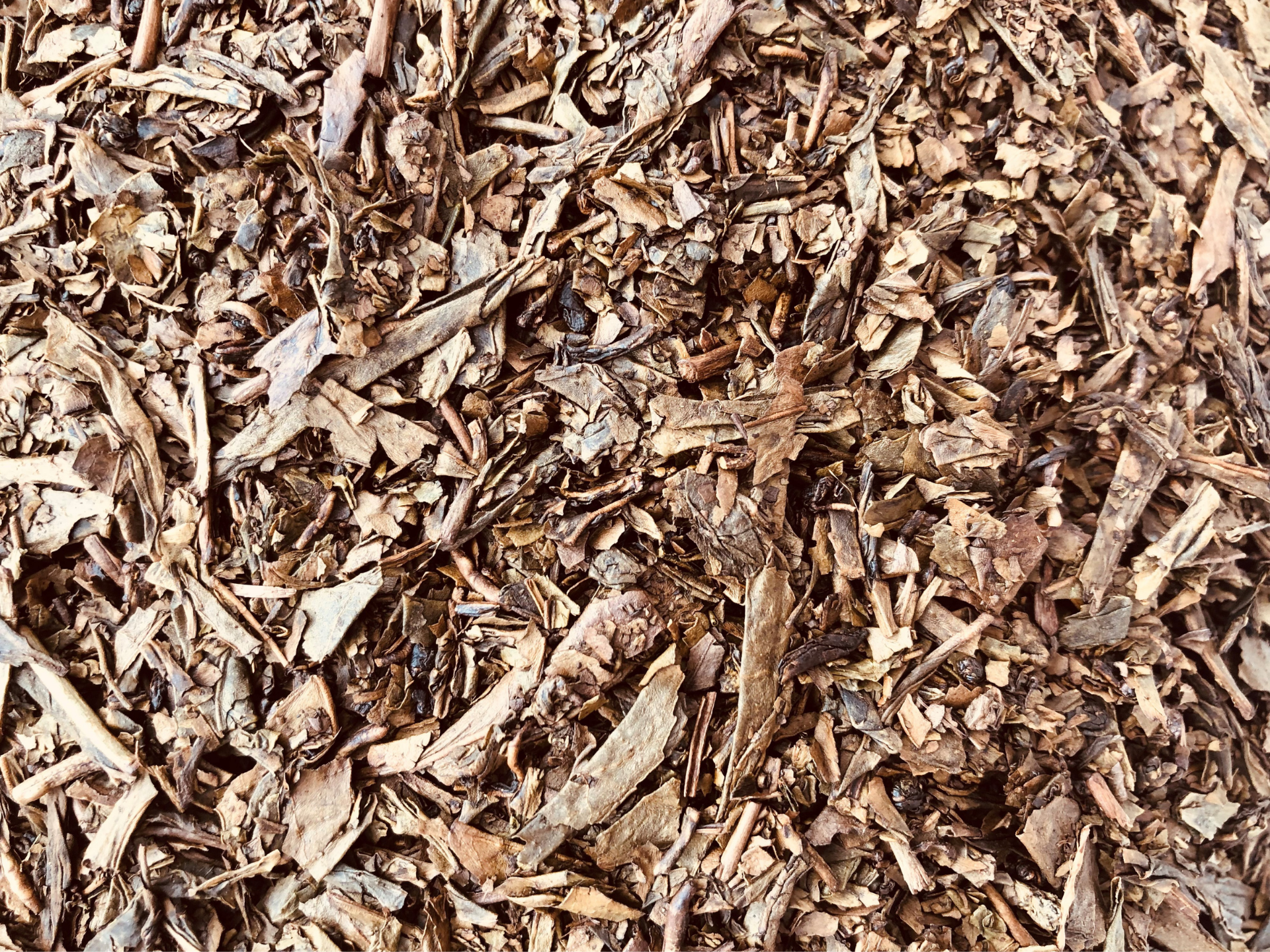The low-caffeine tea you’ll love but don’t know it yet
In the many years I have been talking to people about tea, green tea seems to be the most polarising. People either love it and drink it almost exclusively, or dislike it intensely and won’t touch it.
But there is a little secret in the vibrant world of green tea that many people don’t know about. A type of tea that green-tea-haters love. And that is the subcategory of roasted green teas.
These taste completely different to a traditional green tea. Imagine a light to medium bodied tea with a soothing and slightly sweet, nutty flavour rather than a lively tea with bitter green vegetable and marine notes.
Roasted green teas are produced almost exclusively in Japan and have, in the past, been a way of ensuring sustainability in tea farm production by fully utilising all of the tea plant over the entire growing season. Roasted teas are typically made from stems and mature leaves that are passed over for higher grade teas such as Sencha.
How roasted green tea is made
Roasted green teas are made in the same way as standard Japanese green tea – they are harvested, rolled, steamed and dried – but they then undergo a final unique processing step of high-temperature roasting.
The flavour transformation
Roasting the leaves and stems changes their colour from green to a burnt orange/earthy brown – and completely transforms the flavour experience, creating a soothing and mellow tea with typical aromas of nut, caramel and wood.


Light on caffeine – perfect for the evening or caffeine sensitivity
Roasted green teas have the lowest caffeine content of all tea^. This is due to two factors: 1) mature leaves and stems naturally have much less caffeine than new leaf shoots*, and 2) roasting reduces the caffeine content even further**.
The low level of caffeine makes roasted green tea the perfect night-time tea; its great for those with caffeine sensitivity or to use to introduce children to tea (I let my girls, Vienna, 7, and Lola, 5, drink a short infusion of Kyobancha when they want to copy me and drink tea 😊 - but please use your best judgement when it comes to giving caffeine to your children!).
The nutrient drawback
While the reduction of caffeine may be an upside to roasted green teas, the downside to be aware of (for the same reasons there is less caffeine) is that the general nutrient content green tea is well-known for, is also reduced.
Food pairing
Roasted green teas pair really well with food or can be used as an ingredient in their own right.
I love serving Hojicha, the most common roasted green tea, with brunch dishes such as avocado and eggs on toast. Roasted green teas also work well with hard cheeses such as Manchego; snacks such as a dried fruit, nut and dark chocolate mix; creamy deserts and savoury dishes such as mushroom miso noodles.
You can use roasted green tea as an ingredient in sweet, creamy deserts or try your hand at a Hojicha latte. And cold-brewing is another option, great for summer.
The different types
Check out my low-caffeine tea collection to learn more about the different types of roasted green teas from Obubu tea farm in Kyoto, Japan:
Roasted green teas are an easy-to-drink style of tea that most people really enjoy, so its worth adding a couple to your tea collection.
~ Anna
> Shop our loose leaf teas here
If you found this interesting, please comment or share it below! ⬇
Join us and build your tea and wellbeing wisdom
If you would like to improve your tea and wellbeing knowledge, sign up to our mailing list below (underneath the comments form). I'd love you to join our community.
Citations and notes:
^ provided mature leaves and stems ('bancha' leaves) are used – some use a sencha base (younger leaves) which means the final roasted tea will be higher in caffeine.
* Uhl, Joseph Wesley. (2016) The Art and Craft of Tea, Massachusetts. Print
** eco-cha.com - accessed 25/06/2021


